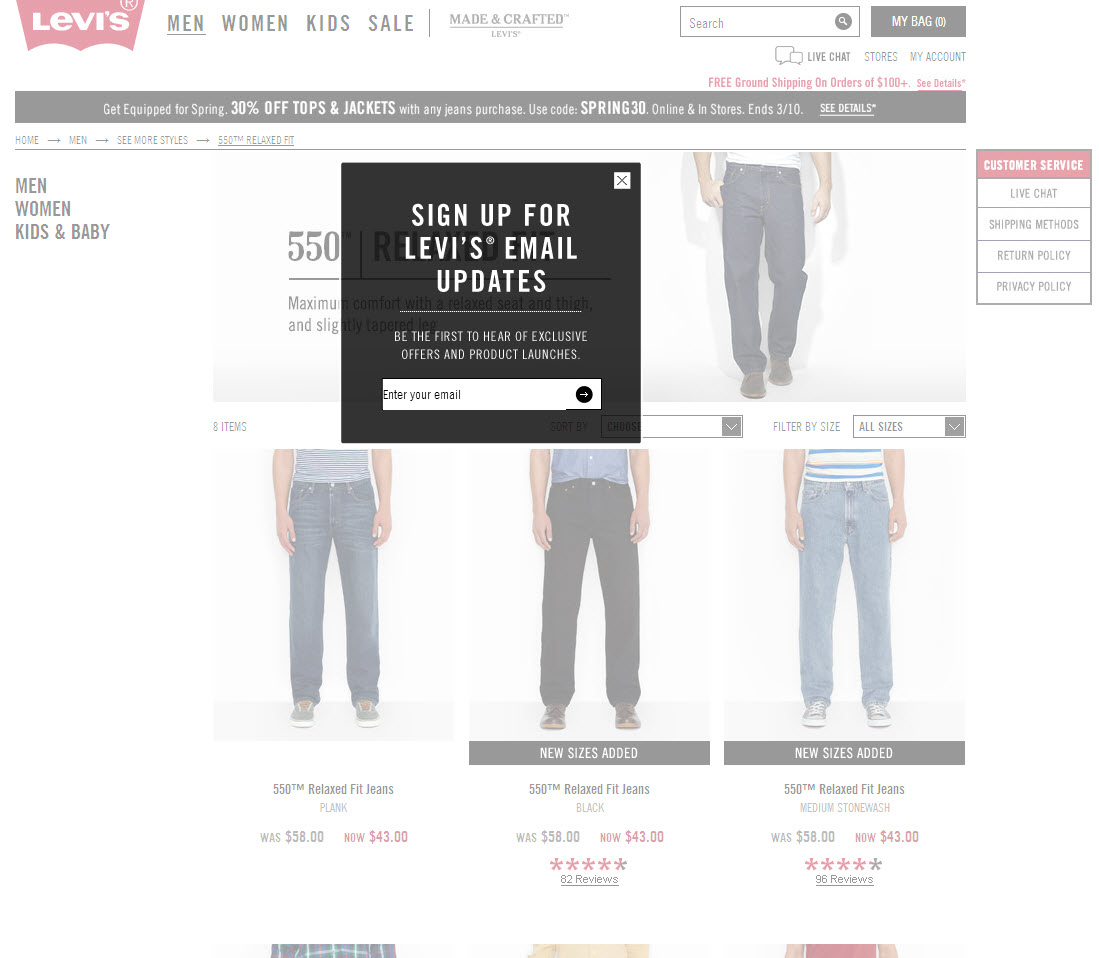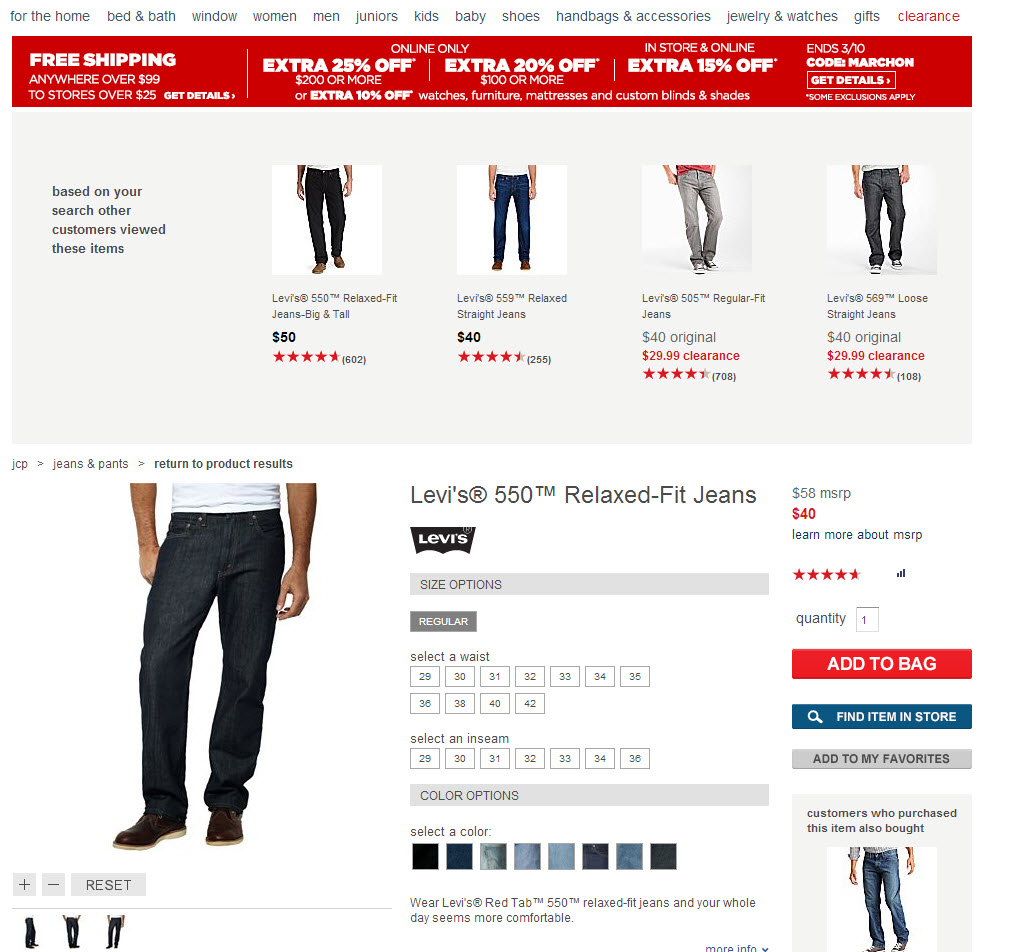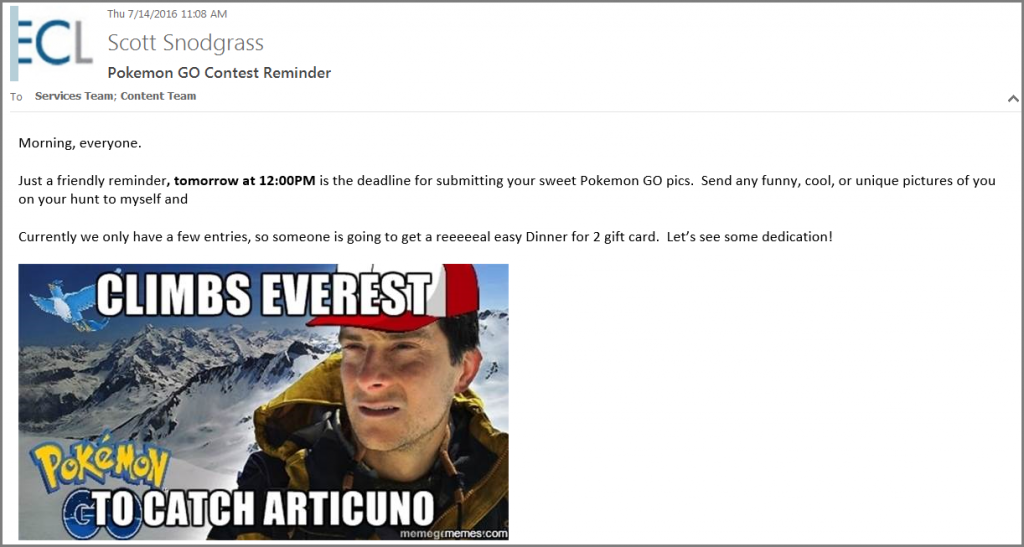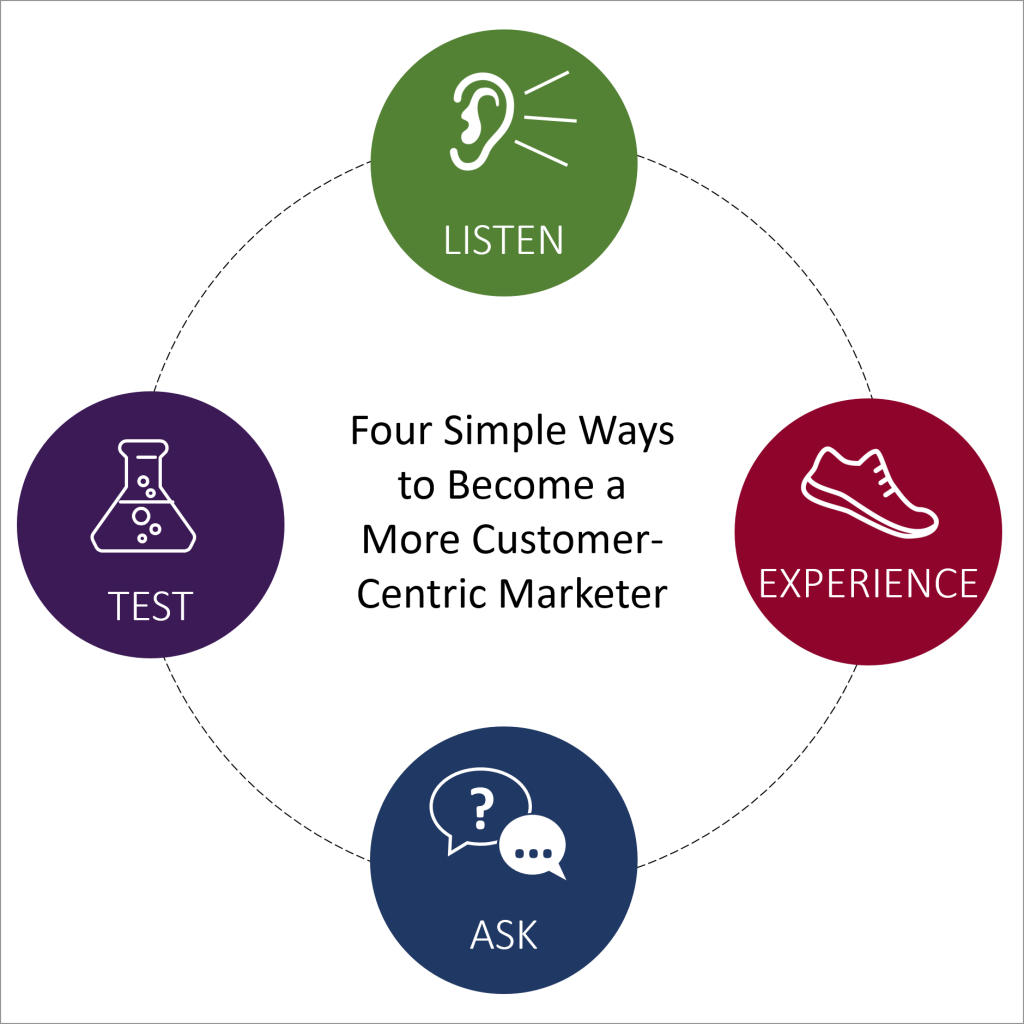For thousands of years prior to the advent of agriculture in 8,000 BCE, our ancestors survived as hunter-gatherers. I would say we are still, at our core, hunter-gatherers.
This idea becomes really interesting when we stop and consider some of our shopping behaviors.
Think about the last time you went shopping – where did you go?
My favorite place to shop, for example, is about 20 minutes from my house. After I park my car and walk into the store, I’ve committed maybe 30 minutes of my time to the shopping experience.
Once inside, I generally walk around the store counterclockwise. I look high and low, feeling fabrics, examining products and “hunting” for the items I want to buy. If I go without a specific need in mind, I generally end up buying the coolest, newest item that catches my eye. I also see many people wandering around just looking to buy something.
They have a perceived need; it’s just not clearly defined.
Hunter-gatherer instincts go beyond the bounds of brick-and-mortar
For an example, I need a new pair of jeans. As I walk over to the men’s department, I scan up and down. Retailers have a knack for placing impulse buying items where people will normally look. By the time I get to the jeans area, I may have invested 45 minutes in my quest to buy a pair of Levi 550 jeans.
When I arrive at my goal, I find out they have one pair of 550s that are the correct size, but they are perhaps too faded, or too dark or otherwise not quite right.
Now I have a decision to make and a few options: go to another store and search there, go home without any jeans, or buy the jeans that are there.
In this case, I buy the jeans and head home happy, having spent a total of about 90 minutes in total.
Now, what happens when I go hunting online?
My trip is likely going to begin with a search engine, where I enter “Levi’s 550 jeans” in the search bar and 324,000 listings are shown in to me in about 0.45 seconds – a little faster than my trip to the store.
As I scan the different listings, I see Levi’s, Amazon, J.C. Penney and Kohl’s.
So I click on Levi’s first, and it has my 550s front and center. But for some reason, before I can shop with the company, it wants my email address first.

Now don’t get me wrong here, Levi’s is taking some interesting and creative approaches to engage customers, as one of my colleagues recently shared.
But in this particular instance, the experience is not so welcoming as the perceived cost for hunting here is rather high right off the bat, so I immediately back out and search elsewhere.
When the hunt is overwhelming, choice becomes paralyzing
Amazon is next. Now I must admit, I am not a regular shopper on Amazon, so I’m a little overwhelmed by all of my choices. All I want is a pair of jeans.

One more click and I am back out again.
Although my lack of Amazon savvy is no fault of the company, I like this example because it highlights the paradox of consumer choice: While consumers want choices, having too many options can lead to indecision.
So the challenge in building a fantastic customer experience is in finding the right balance of options to make consumer choices easier whilst plentiful.
When you’re loaded for bear, nothing else will do
My next stop was J.C. Penney and although the hunting here is a little less overwhelming, there was one interesting thing I noticed.

In this shopping experience, I was offered alternatives to the Levi’s I wanted first, which made me a little confused and uncomfortable.
To play the devil’s advocate here, the research manager in me think’s it’s absolutely plausible that J.C. Penney’s could be doing some testing, you just never really know.
Ultimately, the distraction I experienced here prevented me from moving towards the ultimate “yes” and here’s why.
The psychological investment required to discern between my perceived need for Levi’s and the alternatives offered was much higher than I expected.
So I backed out and continued hunting.
Read more…















